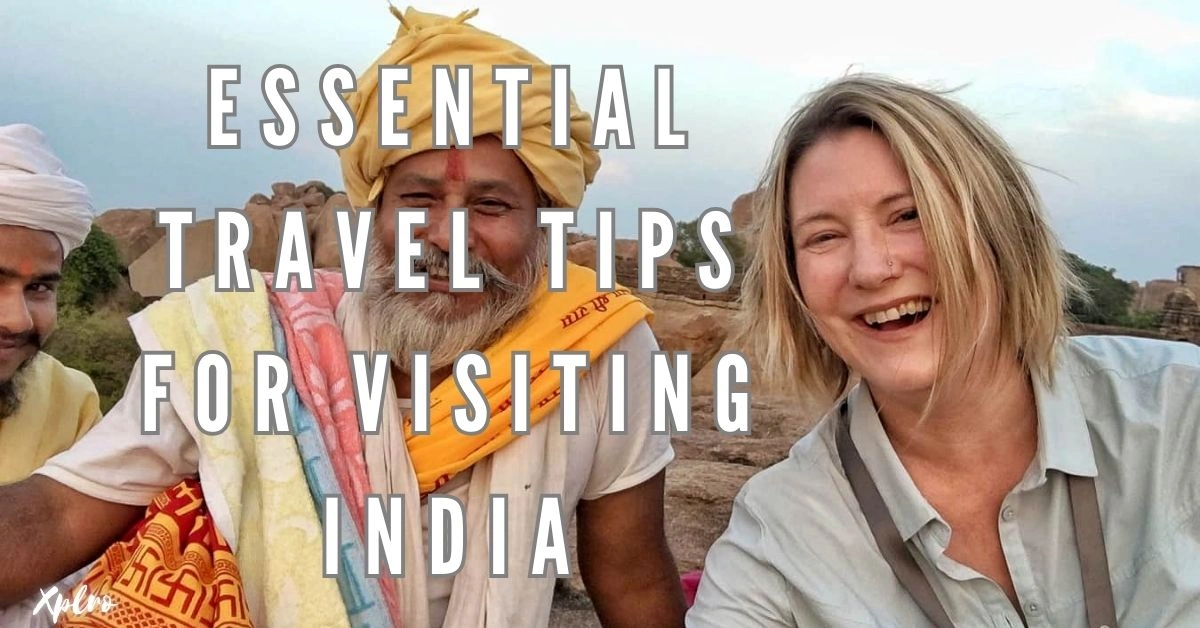Essential Travel Tips for Visiting India; India is a huge country with lots of different places, cultures, and traditions. It’s really exciting, but it can also be a bit confusing for people visiting for the first time. From big cities to peaceful villages, tall mountains to sandy deserts, India has something for everyone.
- 1. Plan Your Trip Around the Best Time to Visit
- 2. Get Your Visa and Travel Documents in Order
- 3. Health Precautions: Vaccines and Medications
- 4. Respect Local Customs and Traditions
- 5. Pack Smartly for Different Regions
- 6. Stay Safe: Avoid Scams and Pickpockets
- 7. Transportation: Navigating Indian Roads and Public Transport
- 8. Be Mindful of What You Eat
- 9. Stay Connected: SIM Cards and Internet
- 10. Embrace the Chaos and Culture Shock
- FAQs
1. Plan Your Trip Around the Best Time to Visit
India is a big country with different kinds of weather in different places. The best time to go depends on where you want to visit:
- North India (Delhi, Rajasthan, Agra, Himalayas): October to March is the best time for good weather.
- South India (Kerala, Tamil Nadu, Karnataka): December to February is cooler.
- Monsoon Season (June to September): Try to avoid this time, especially in coastal and mountain areas, because there’s a lot of rain.
Check the weather for the places you want to go so you know what to pack and plan for.
2. Get Your Visa and Travel Documents in Order
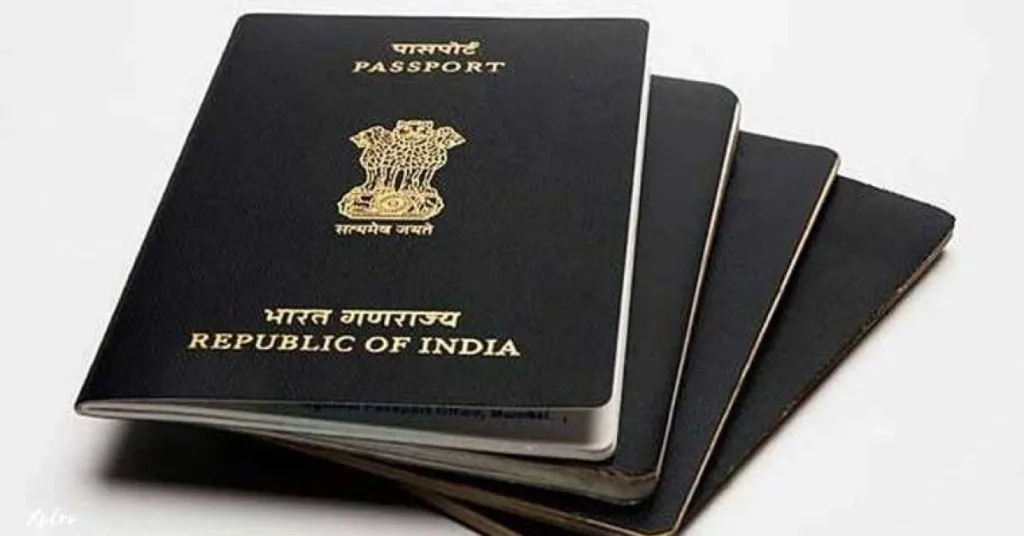
Most people who visit India need to get a visa. The e-Visa system is easy to use and is good for short trips. Make sure you apply for your visa before you travel and check that you have all the right papers:
- Passport: Your passport needs to be good for at least six months.
- Visa Approval: You’ll need a printed or digital copy of your visa approval.
- Return Tickets: Have tickets for your return trip.
- Travel Insurance: It’s a good idea to have travel insurance to cover your health and accidents.
Keep both physical and digital copies of these documents with you while you’re in India.
3. Health Precautions: Vaccines and Medications
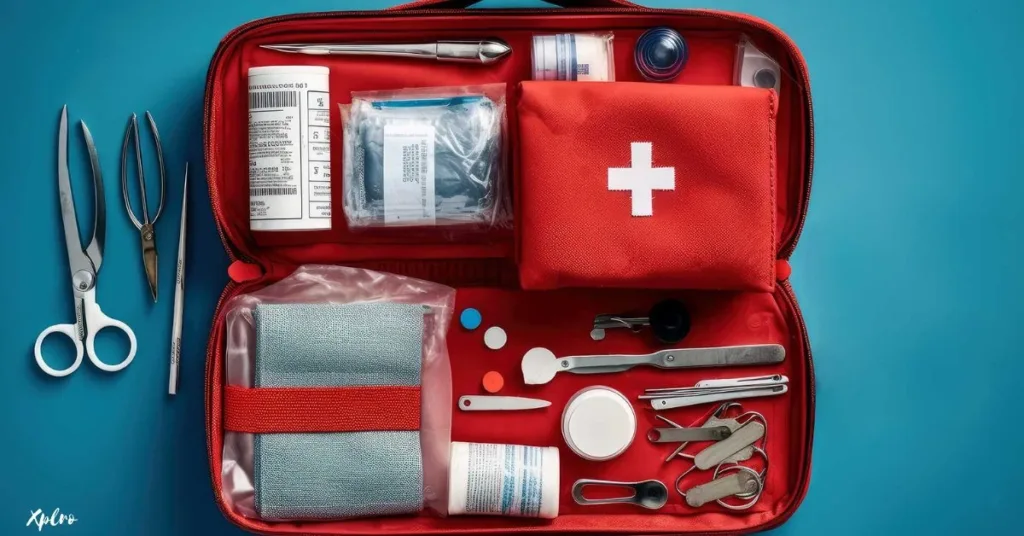
India is a hot country, so there are some health risks for visitors. It’s a good idea to get these vaccines before you go:
- Hepatitis A and B
- Typhoid
- Tetanus
- Rabies: If you’ll be in the countryside or around animals.
You should also bring these medicines:
- Traveler’s diarrhea
- Insect bites: Mosquito repellent is very important, especially in the rainy season.
- Allergies or other health problems you already have
4. Respect Local Customs and Traditions

India is a very religious and culturally diverse country. Understanding and following local customs will help you have a better experience:
- Dress Modestly: Cover your shoulders and knees, especially when visiting religious places. Have a scarf or shawl to cover your head if needed.
- Remove Shoes: Take off your shoes before going into temples, homes, and even some shops.
- Left Hand Etiquette: In many places in India, the left hand is considered dirty, so always use your right hand for eating and giving things.
- Avoid Public Displays of Affection: Showing affection in public is usually not liked in conservative parts of India.
5. Pack Smartly for Different Regions
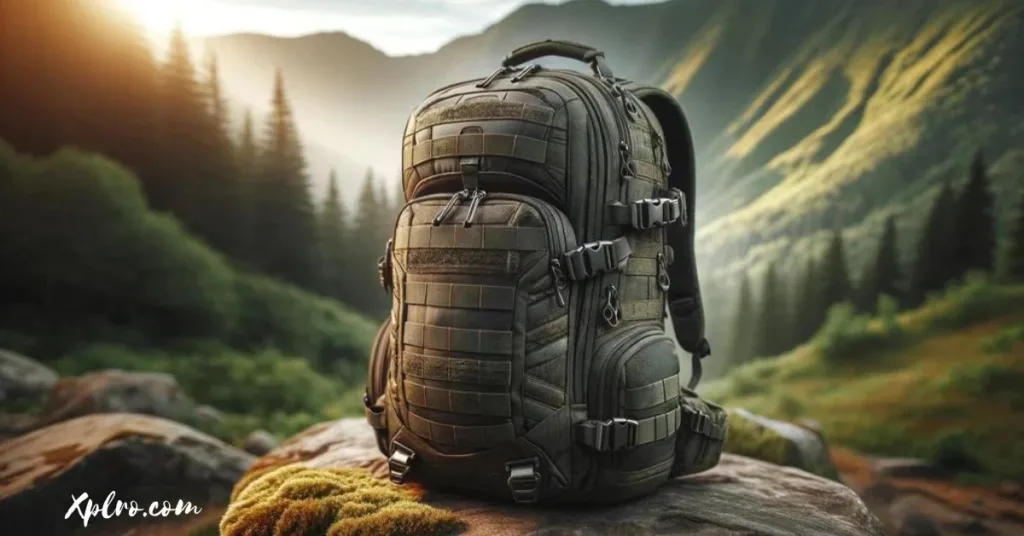
The weather and what you plan to do will help you decide what to pack:
- Cities: Wear light, airy clothes for the hot weather, but bring a light jacket for air-conditioned places.
- Mountains: If you’re going to the Himalayas, pack warm clothes in layers.
- Religious Sites: Pack modest clothes like long skirts or pants and tops with sleeves.
- Footwear: Comfortable walking shoes are important because you’ll do a lot of walking, especially around historical places.
You can also pack lightly because there are many places to do laundry in India.
6. Stay Safe: Avoid Scams and Pickpockets
Like any popular tourist place, there are risks of scams and petty crime in some areas. Here are some tips to stay safe:
- Choose Reliable Transportation: Use prepaid or app-based taxis like Ola or Uber to avoid paying too much.
- Beware of Overfriendly Strangers: Even though many people are friendly, some might be trying to sell you something or take you to overpriced stores.
- Don’t Share Personal Details: Be careful about sharing too much information with people you’ve just met.
- Keep Valuables Secure: Use bags that are hard to steal, and don’t show off expensive things in crowded places.
7. Transportation: Navigating Indian Roads and Public Transport
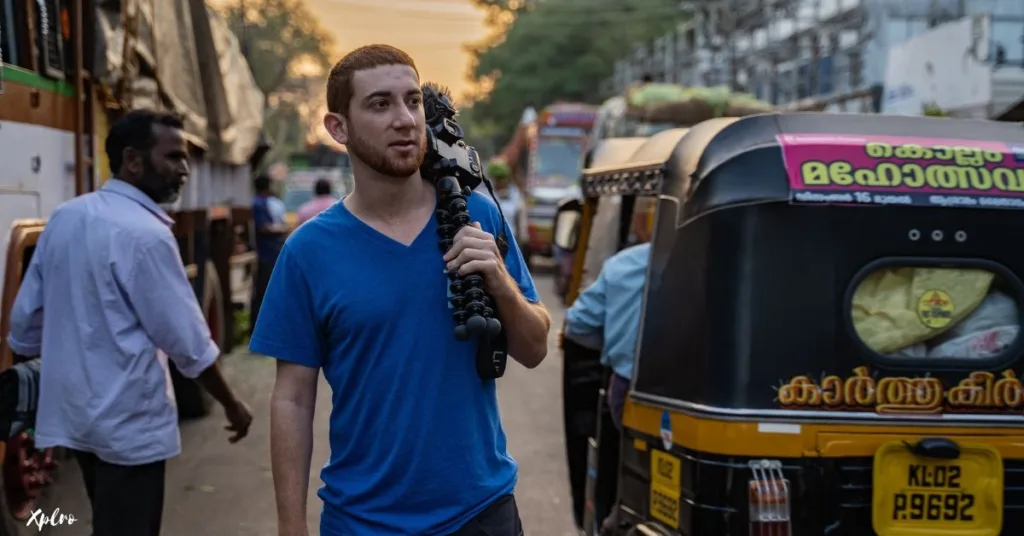
India has many different ways to get around, from tuk-tuks (auto-rickshaws) to air-conditioned trains. Here’s what you should know:
- Trains: Indian Railways is a good and affordable way to travel long distances. Book tickets in advance, especially for popular routes.
- Domestic Flights: India has many affordable domestic flights that can save you time if you’re traveling across the country.
- Local Transport: In cities, tuk-tuks are convenient for short trips, but negotiate the price before you go or insist on using the meter.
- Apps: Ride-hailing apps like Ola and Uber are reliable options in most cities.
- Traffic: Traffic in cities can be very busy, so always plan extra time for your travels!
8. Be Mindful of What You Eat
Indian food is known for its delicious flavors and variety. However, it’s important to be careful about hygiene when trying street food:
- Choose Freshly Cooked Food: Avoid food that has been sitting out for a long time.
- Stick to Vegetarian Dishes: Although India has great meat dishes, vegetarian food is often safer for your stomach.
- Drink Bottled Water: Always drink sealed bottled water and check that the seal isn’t broken.
- Street Food: Eat from popular stalls where there is a lot of business, as fresher food is less likely to cause problems.
- Try local delicacies like dosas, samosas, and chai, but make sure the place is clean to avoid an upset stomach.
By following these tips, you can safely enjoy the incredible flavors of Indian cuisine.
9. Stay Connected: SIM Cards and Internet
It’s easy to stay connected in India because there are many SIM cards and affordable mobile data plans available. Here’s how to stay online:
- Buy a Local SIM: You can easily get a prepaid SIM card at the airport or local shops. Popular networks include Jio, Airtel, and Vodafone. Make sure your phone is unlocked before you travel.
- Internet: Wi-Fi is available in most hotels, cafes, and restaurants, but the connection can sometimes be slow.
- Travel Apps: Download apps like Google Maps, Zomato (for food), and Ola (for taxis) to make your travel easier.
10. Embrace the Chaos and Culture Shock
India can be a lot to take in, especially for first-time visitors. The sights, sounds, and smells can be intense, and the cultural norms might be very different from what you’re used to. Here’s how to cope:
- Patience is Key: Things might not always happen on time, and traffic can be chaotic. Give yourself extra time to travel and be flexible with your plans.
- Expect Crowds: India is a very populated country, especially in popular tourist places. Be prepared for busy markets, train stations, and monuments.
- Open Your Mind: You’ll encounter new customs, traditions, and ways of life. Embrace the diversity, and try to see India from the perspective of its culture.
Conclusion – Essential Travel Tips for Visiting India
India, a land of contrasts and cultural richness, offers unforgettable experiences for every traveler. From the serene backwaters of Kerala to the bustling streets of Delhi, its diversity is captivating. To ensure a smooth and enriching journey, plan ahead, respect local customs, stay safe, and embrace the chaotic yet rewarding nature of this incredible country. With Xplro.com as your guide, navigate India’s complexities and immerse yourself in its vibrant sights, sounds, and flavors.
FAQs
1. Is India safe for travelers?
- India is generally a safe destination for travelers, but like any other country, it is important to take precautions. While major cities and tourist areas are usually safe, it’s wise to be cautious, especially in crowded places where pickpocketing might occur. Travelers should avoid walking alone at night in unfamiliar areas, keep their valuables secure, and stay vigilant in busy markets and tourist spots. For women, it’s recommended to dress modestly and consider traveling in groups or using ride-hailing apps like Uber or Ola for convenience and safety.
2. What is the best time to visit India?
- The ideal time to visit India depends largely on the region you are planning to explore. Northern India, including popular areas like Delhi, Rajasthan, and Agra, is best visited between October and March when the weather is cooler and more pleasant. Southern India, such as Kerala and Tamil Nadu, is most comfortable from December to February. For those interested in trekking in the Himalayan regions like Ladakh or Himachal Pradesh, June to September is preferable, but you should avoid the heavy snowfall season. It’s also worth noting that the monsoon season, from June to September, brings heavy rains to many parts of India, which might affect your travel plans.
3. What type of visa is required for India?
- Most foreign travelers need a visa to visit India, and the e-Visa option is the easiest and most convenient for short-term stays. This visa can be applied for online and is available for tourism purposes. Depending on your nationality, the e-Visa can allow you to stay in India for 30 to 90 days. It is important to ensure that your passport is valid for at least six months from the date of your arrival in India and that you have all required documents for visa application and travel.
4. How do I stay connected with phone and internet in India?
- Staying connected in India is easy thanks to the availability of prepaid SIM cards from mobile providers like Jio, Airtel, and Vodafone. You can purchase a SIM card at the airport or from local vendors by providing your passport and passport-size photos for registration. Mobile data plans in India are affordable and widely available, making it easy to access the internet. While Wi-Fi is commonly available in hotels, restaurants, and cafes, the connection may not always be reliable, especially in remote areas, so having mobile data is a good backup.
5. What are the health precautions I should take before visiting India?
- Before traveling to India, it’s recommended to get certain vaccines, including those for Hepatitis A, Hepatitis B, Typhoid, and Tetanus. Travelers should also carry basic medications for common issues such as stomach upsets, as Indian food, while flavorful, may be difficult to digest for some. It’s essential to drink only bottled or filtered water and avoid ice, unless you’re sure it has been made with purified water. Additionally, avoid raw vegetables and salads that may not have been properly washed.
6. Is it safe to drink tap water in India?
- Drinking tap water in India is not advisable. It’s best to stick to bottled or filtered water, and when purchasing bottled water, always check that the seal is intact before consuming. While some high-end hotels and restaurants may offer safe drinking water, it’s better to err on the side of caution and carry your own supply of bottled water. Similarly, avoid consuming ice unless you know it has been made from purified water.
7. What are the essential items to pack for a trip to India?
- When packing for a trip to India, you should focus on lightweight, breathable clothing, particularly for hot and humid regions. Cotton clothing works best in warm weather, but if you’re visiting cooler regions or mountainous areas, bring layered clothing to stay warm. Modest clothing is essential if you plan to visit religious sites, as covering your shoulders and knees is often required. Comfortable walking shoes are also a must, as many tourist sites involve a lot of walking. Additionally, pack essentials such as sunscreen, insect repellent, hand sanitizer, and a universal power adapter. A small medical kit with basic medications and any prescriptions you need is also important.
8. How can I avoid getting sick from the food in India?
- India’s cuisine is a highlight for many travelers, but to avoid getting sick, it’s important to be mindful of where and what you eat. Opt for freshly cooked food, especially from street vendors, and avoid anything that has been sitting out for a long time. Sticking to vegetarian food can be a safer option, as it is less likely to cause digestive issues. Always drink bottled water and steer clear of raw salads, uncooked vegetables, and fruits that you haven’t peeled yourself. While street food is delicious, choose busy vendors with high turnover to ensure the food is fresh.
9. What’s the best way to travel around India?
- Traveling around India can be an adventure in itself, and there are various transportation options available depending on your destination. Trains are one of the most affordable and scenic ways to travel long distances, but it’s important to book your tickets in advance, especially on popular routes. Domestic flights are another option for traveling between major cities, saving time on long journeys. For short trips within cities, ride-hailing apps like Ola and Uber are convenient and reliable. If you choose to take a tuk-tuk or auto-rickshaw, be sure to agree on the fare in advance or insist on using the meter.
10. Do I need to tip in India?
- Tipping is appreciated in India, though it is not always mandatory. In restaurants, it is customary to leave a tip of around 5-10% of the bill, unless a service charge is already included. For hotel staff, such as porters or housekeeping, a small tip of ₹50-₹100 is usually expected. If you hire a driver or a guide for the day, tipping around ₹200-₹500 is a nice gesture, though you can adjust the amount based on the service provided. Overall, tipping practices may vary depending on the region, but leaving a small amount is considered polite.
11. How should I dress when visiting religious sites in India?
- When visiting religious sites in India, it’s important to dress modestly out of respect for local customs. Both men and women should ensure that their shoulders, knees, and chest are covered. Women may want to carry a shawl or scarf to cover their heads, especially in mosques and temples where this is required. Additionally, you will need to remove your shoes before entering temples, mosques, and some homes, so it’s a good idea to wear shoes that are easy to slip on and off. In some temples, leather items such as belts and bags are prohibited, so avoid carrying these.
12. What languages are spoken in India, and will I face a language barrier?
- India is home to a multitude of languages, with Hindi being the most widely spoken across the country. However, India has 22 official languages, including Tamil, Telugu, Bengali, and Malayalam, depending on the region you visit. English is also widely spoken and understood, particularly in urban areas and tourist destinations, so most travelers won’t face significant language barriers. Many road signs, menus, and informational signs are also available in English, making it easier to navigate the country as an English speaker.


